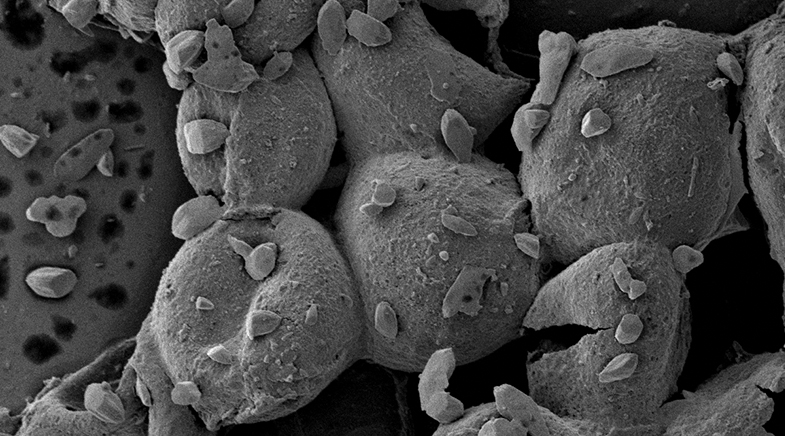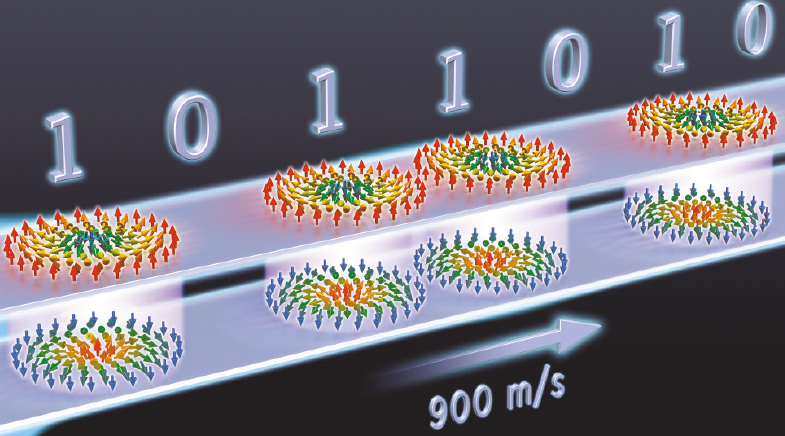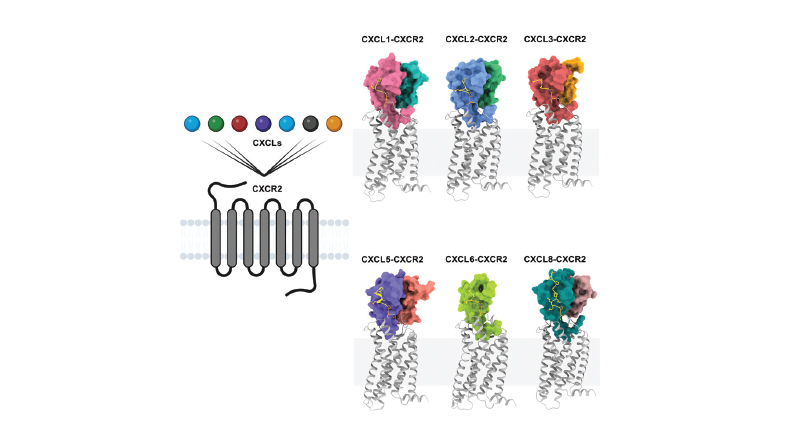Closer to the goal of room-temperature superconductivity
-
- from Shaastra :: vol 02 issue 02 :: Mar - Apr 2023

A physicist team's claims of achieving room-temperature superconductivity give cause for optimism tempered by scepticism.
In the abstruse world of condensed matter physics, the quest to demonstrate superconductivity – the state in which a material's electrical resistance becomes zero – at or near room temperature is akin to a prized treasure hunt. Such a demonstration, if validated, would make it more efficient to generate, transmit, and use electricity, since it can flow through the material without any dissipation of power. Its potential application for magnetic levitation, used in high-speed transportation, also opens up exciting possibilities.
Therefore, a frisson of excitement ran through practitioners of the discipline when a team from the University of Rochester, led by Assistant Professor Ranga Dias, claimed, in a paper published in Nature in early March (go.nature.com/3TvX7aM), that it had unearthed that 'treasure'. A blend of lutetium, hydrogen and nitrogen (N-Lu-H), the team claimed, had undergone a transition to a superconducting phase at about 21° Celsius, close to room temperature. The claim came with a caveat that the material had to be placed under enormous pressure: 10 kilobar (kb), or about 10,000 times normal atmospheric pressure, but that is realisable in lab conditions. If confirmed, that would be the closest scientists have come to ambient-temperature superconductivity.
There are, however, plenty of sceptics around (bit.ly/dias-response and bit.ly/nanjing-claim), not least because the last time Dias's group made similar claims, in 2020, Nature retracted the paper, in 2022.
In the 2020 paper (go.nature.com/3yQwvaJ), the research team said it had achieved room-temperature superconductivity in carbonaceous sulphur hydride (C-S-H). The researchers claimed that the material had a critical temperature of about 15°C, at a pressure of about 267 gigapascals (GPa), or about 2.6 million atmospheres. Explaining the retraction, the editors said they had established that some key data processing steps used a "non-standard, user-defined procedure", which the authors had not detailed, raising questions about data validity.
Specifically, since the magnetic susceptibility data was measured under enormous pressure conditions, it had a lot of noise that had to be subtracted to show off the transition. In doing the noise subtraction, Dias's team undertook a non-standard method, which it did not detail in the paper.
Scientists at Max Planck Institute for Chemistry in Germany led by Mikhail Eremets, who was among the first to experimentally establish high-temperature superconductivity in hydride compounds, too, contested Dias's team's findings, noting that the experiment could not be replicated. "After more than a year room-temperature superconductivity in the sulphur-carbon-hydrogen system was neither confirmed experimentally nor supported by theoretical calculations... We also failed to reproduce these observations," they observed in a preprint (bit.ly/eremets-arxiv) posted on ArXiv.
Dias reckons that the last word has not been said on the subject. "Our group has been working on these methods for a long time," he told Shaastra, and vouched for the authenticity of the data. "The reality is that these are extremely hard experiments." Replicating these findings, Dias pointed out, would take time. "It took us years to do the experiment because we do not know the precise stoichiometry of the crystals," he adds.
PAST ISSUES - Free to Read


Have a
story idea?
Tell us.
Do you have a recent research paper or an idea for a science/technology-themed article that you'd like to tell us about?
GET IN TOUCH














